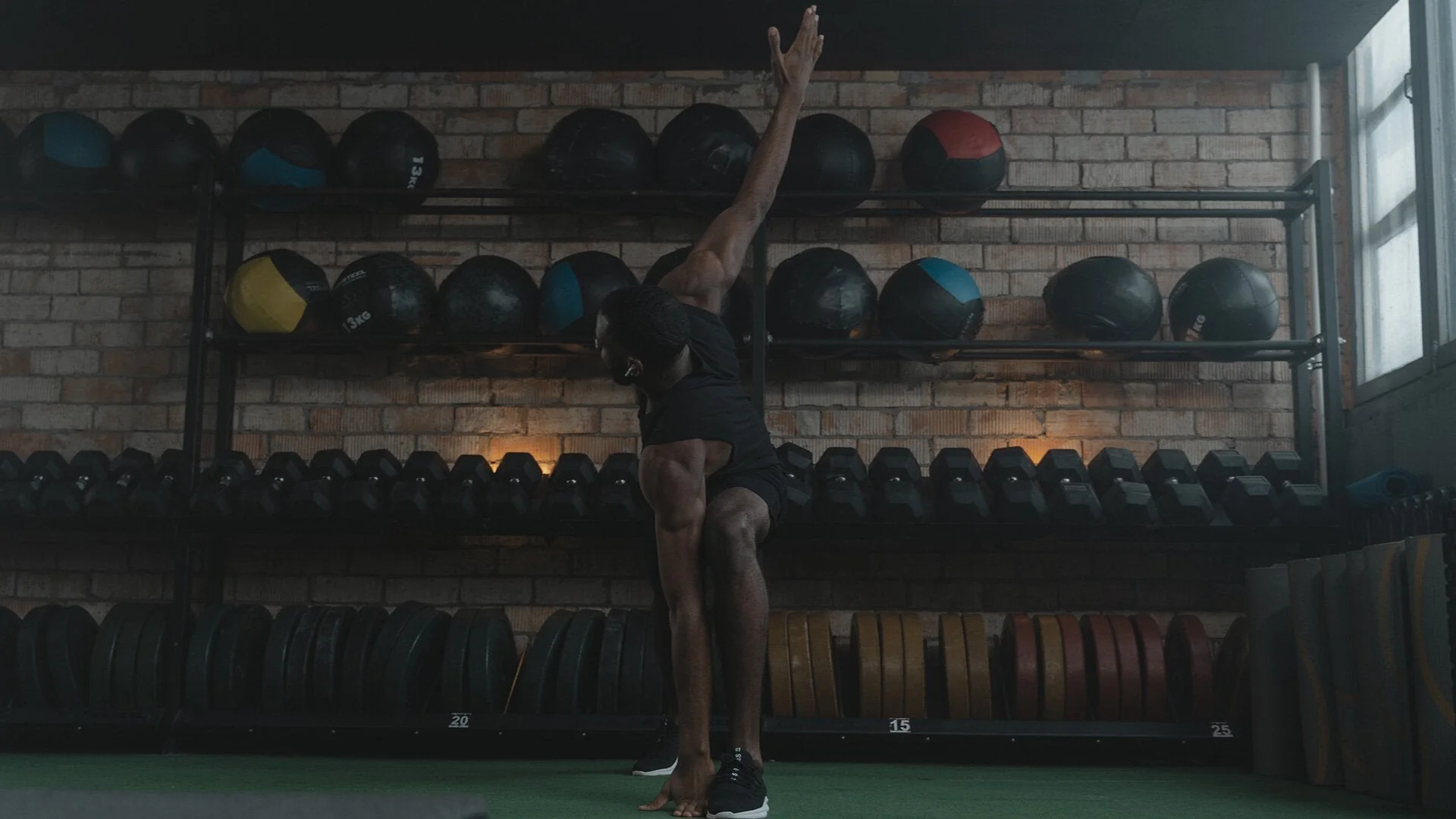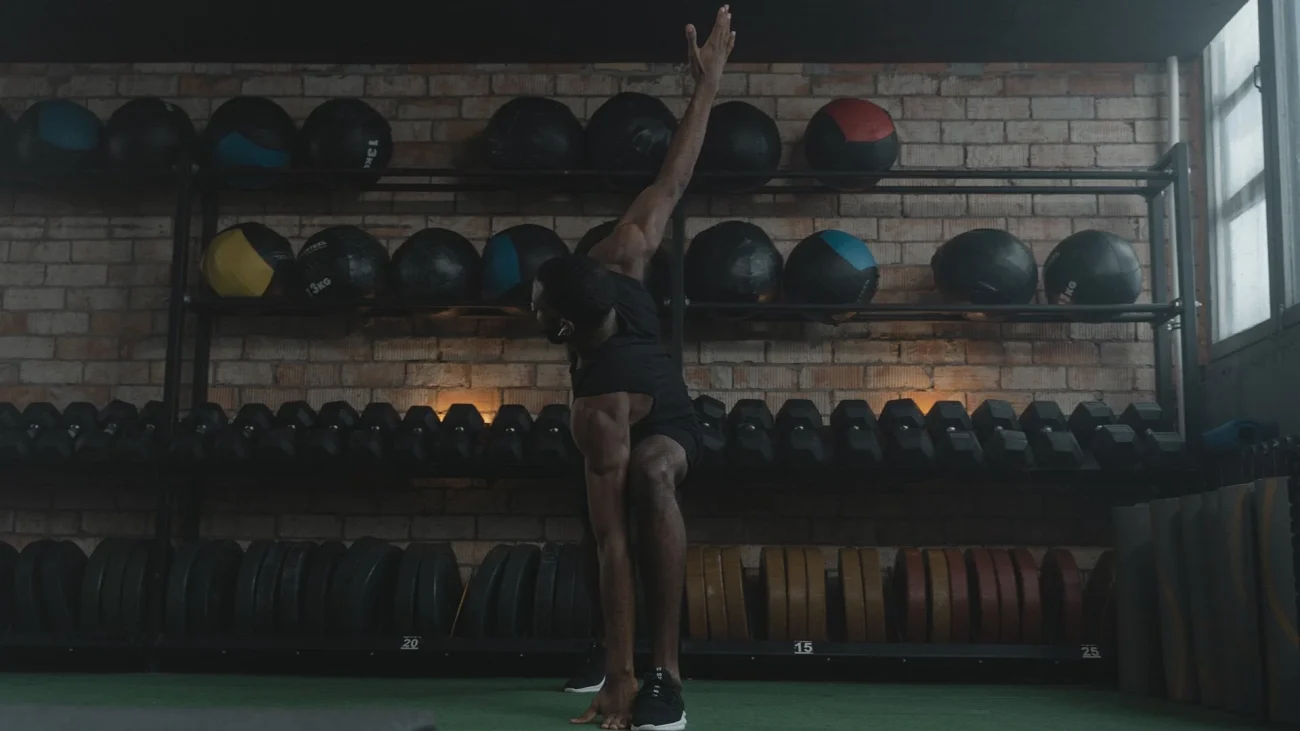Smart Recovery 101 Tips for Bodybuilders and Fitness Fans


Value Of Proper Recovery
If you push hard in the gym, you know the satisfaction of hitting a new personal best. But have you ever paused to consider how much progress comes from what you do between sessions? Recovery 101 tips can make the difference between lingering soreness and a fresh body ready for the next challenge. In fact, a 2025 survey of 500 Canadian bodybuilders found that 62% reported a 15% boost in strength gains simply by emphasizing their post-workout routine. Good news, this doesn’t have to be complicated. When you give equal attention to rest, you lay a strong foundation for bigger lifts, clearer focus, and a lower risk of injury.
At its core, recovery helps your muscles rebuild and adapt. During training, you create microscopic tears in muscle fibers. Recovery is when those tears repair, making the muscle stronger. Think of it as the unsung hero of your fitness journey: less visible than those sweat-soaked sets, but absolutely essential for steady growth. The more consistently you recover well, the more momentum you’ll see in strength and overall performance.
Ensure Quality Sleep
One of the best ways to accelerate your recovery is also one of the simplest: sleep. Research suggests most adults need 7 to 9 hours per night for optimal hormone regulation (including growth hormone that bolsters muscle repair). Cut back on sleep, and you may slow down your gains.
- Keep a Bedtime Routine. Aim for lights-out at the same time each night, and avoid intense screen time 30 minutes before bed.
- Optimize Your Environment. A cool, dark, and quiet bedroom helps you fall asleep faster and stay asleep longer.
- Support Relaxation. Light stretching or a short walk can calm your mind before bedtime (you’ll find active rest ideas below).
It’s easy to underestimate how crucial rest is for both your muscles and mind. By turning solid sleep into a habit, you’ll find yourself less fatigued, more alert, and better able to tackle high-intensity sessions. If you want to see the impact fast, try tracking your sleep for a week. You might notice an uptick in your mood, your lifts, and even how refreshed you feel after waking up.
Fuel Your Body Well
Just as your car needs the right fuel to run smoothly, your body depends on nutritious foods for recovery. Completing tough workouts uses stored energy (glycogen) and breaks down muscle fiber, so rebuilding requires a blend of carbohydrates, proteins, and fats. You’ll also benefit from micronutrients such as vitamins and minerals.
- Protein Power. Aim for a portion of lean protein (chicken breast, fish, plant-based alternatives) with each meal. Protein helps repair those stressed muscle fibers, which is exactly what leads to strength gains.
- Carbohydrate Balance. Complex carbohydrates (brown rice, oats, quinoa) supply steady energy for your daily activities. They also help replenish muscle glycogen, an essential fuel for your next workout.
- Healthy Fats. Omega-3 sources like salmon or flaxseed can reduce inflammation, further supporting faster recovery.
- Hydration Matters. You lose fluids and electrolytes when you sweat. Low fluid levels can lead to sluggish performance and cramps. So, keep a water bottle handy, and consider adding an electrolyte mix if you’re training intensely.
In the words of coach Mira Chen, “The difference between good and great results often lies in the attention you give to your recovery.” Nourishing yourself consistently is a daily investment that pays you back in stamina, strength, and a more resilient body.
Try Active Rest
Ever feel guilty taking a day off? Many bodybuilders and fitness fans assume rest days mean lying on the couch. But active rest is a smarter way to let your body recover while staying engaged. This approach encourages gentle movement to boost blood circulation. Good news, these activities are generally low-impact and easy to fit into your schedule.
- Light Cardio. Stroll, swim, or cycle at an easy pace for about 20 minutes. You’ll loosen stiff muscles without draining your energy reserves.
- Mobility Work. Stretching or foam rolling can be a game-changer, especially for relieving tightness that limits your range of motion.
- Low-Intensity Sports. If you love social activities, consider recreational doubles tennis or a casual basketball shootaround. Keep the intensity relaxed so your muscles can recharge.
According to a small clinical study published in 2024, participants who included two weekly bouts of easy movement improved their overall muscle recovery by 18% compared to those who took full rest days. If you blend these sessions into your routine, you won’t just be resting, you’ll be priming your body for better performance tomorrow.
Explore Supplements And Tactics
Beyond the basics such as good food and sleep, certain supplementation strategies may help you recover more efficiently. Protein powders, creatine, and branched-chain amino acids (BCAAs) often appear on many gym-goers’ shelves. These can assist with muscle repair and minimize post-workout fatigue. However, it’s best to think of them as complements to, not replacements for, well-rounded nutrition.
If you’re curious about specialized compounds, you’ve probably heard discussions about Testolone vs. Ligandrol. Both are selective androgen receptor modulators (SARMs) used by some advanced athletes and bodybuilders looking for more pronounced muscle gains. When comparing Testolone vs. Ligandrol, you’ll find each has unique attributes regarding potential strength increases and side effects. It’s crucial to do your homework (and consult a qualified professional) before adding anything to your regimen. Listening to how your body responds is key.
Other advanced methods might include contrast baths (alternating hot and cold), massage therapy, or wearing compression garments. These tactics can enhance blood flow, reduce inflammation, and give your hard-worked muscles an extra edge in recovery. If you want more guidance on specialized products, check out SARMs Central. You’ll learn about different options, such as Testolone vs. Ligandrol, and figure out what might fit your goals.
Manage Stress And Listen
Too often, we focus purely on the physical side of recovery and overlook mental stress. Cortisol, the hormone triggered by high stress, can slow muscle repair and even hamper your gym progress if it stays elevated for too long. The solution? Adopt simple daily habits to keep mental stress at bay.
- Mindful Minutes. Devote 5 minutes to slow breathing, meditation, or gentle yoga. You’ll calm your mind, which in turn can stabilize cortisol levels.
- Work-Life Balance. Scheduling breaks can help you avoid feeling spread too thin. And don’t forget to occasionally unplug from tech.
- Share The Load. If you’re feeling overwhelmed, talk it out with a friend or a coach. Sometimes, simply naming your worries can diffuse them.
Listen to the signals your body sends. If you’re exhausted, a low-impact stretch session might be more beneficial than another heavy lift. By respecting your mental and physical limits, you’ll extend your athletic longevity and stay enthusiastic about your fitness journey over the long haul.
Wrap Up And Next Step
Refining your post-workout approach isn’t just for competitive lifters, it’s for anyone who wants to build muscle, stay healthy, and maintain the energy to enjoy each day. From prioritizing sleep to trying active rest, every piece of your recovery puzzle matters. Start small. Pick one tip, practice it consistently, and measure your progress. Over time, you’ll see that even modest changes can have a profound impact on how you feel and perform.
Feel free to dig deeper into specialized solutions. Whether you’re weighing Testolone vs. Ligandrol or exploring simpler options like extra foam rolling, remember that the goal is to support your body’s natural repair process. When in doubt, consult professionals who can guide you based on your specific needs and health status. You deserve to train harder, recover faster, and see the payoff in stronger lifts and renewed motivation.
FAQs On Recovery
How Many Rest Days Do I Need Each Week?
For most people aiming to build muscle, one to two rest days per week is a good start (with active rest encouraged). If you’re new to intense training, or you’re noticing constant fatigue, consider adding another light day until you adapt.Is A Foam Roller Necessary For Recovery?
A foam roller (or similar tool) can help relieve muscle knots and improve circulation. You don’t need fancy gear, but many athletes find rolling helps break up tight spots, making it easier to transition into your next workout.What About Testolone vs. Ligandrol?
Testolone vs. Ligandrol is a frequent topic among advanced bodybuilders. Both are known for potentially enhancing muscle growth, but each might carry different side effects. Thorough research and professional advice are essential before trying any new compound.Can I Skip Supplements If I Eat Clean?
Yes. Supplements can be convenient, but a balanced diet should always be your main source of macronutrients and micronutrients. If you’re struggling to hit your targets (like daily protein intake), a well-chosen supplement can fill specific gaps.
With these recovery 101 tips in your toolkit, you’ll be well on your way to more energy, improved strength, and a safer path toward your fitness goals. Focus on consistency, listen to your body, and remember that proper recovery is an investment in long-term health. You’ve got this!
